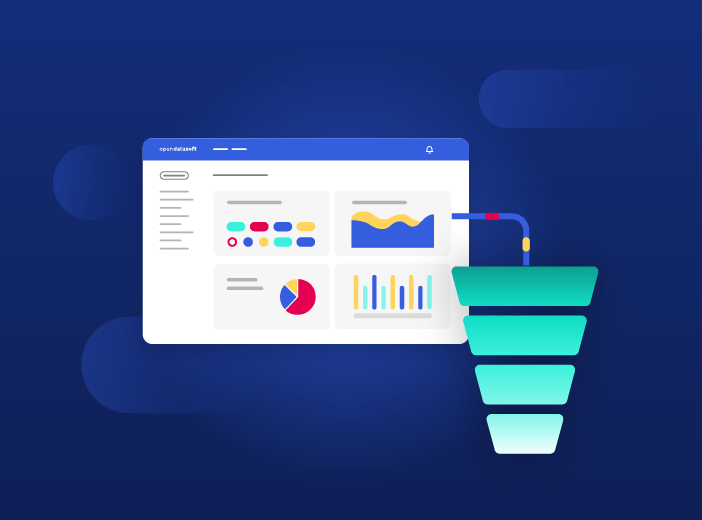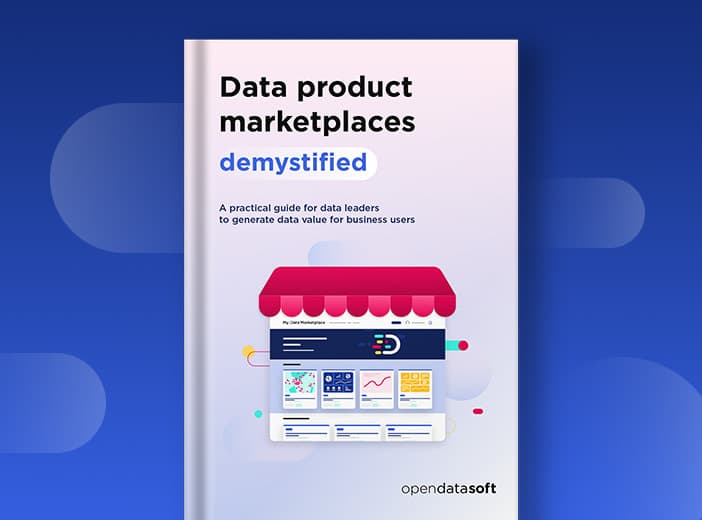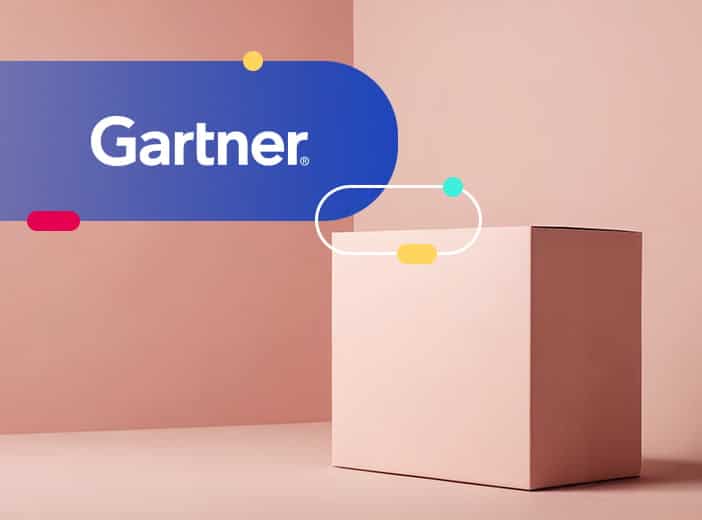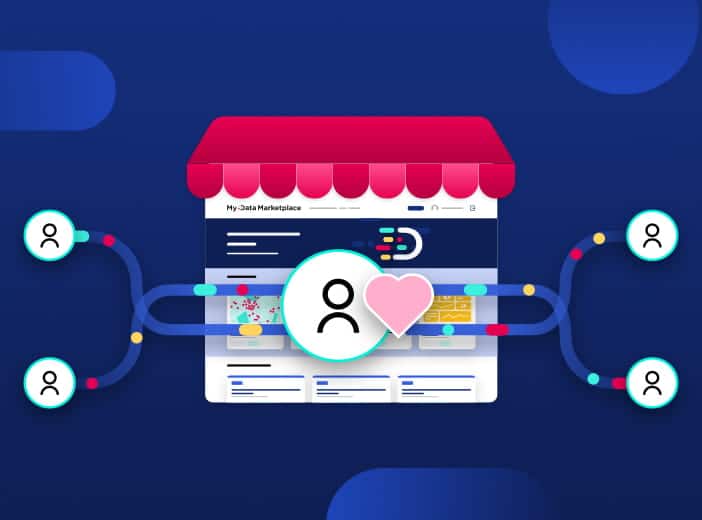Measure and accelerate data consumption through an e-commerce-style conversion funnel
Your data is there. Stored, catalogued, governed... But is it really being consumed and used? That’s today’s main challenge for data leaders - transforming their data assets so that they deliver tangible value. One approach to understanding and achieving usage is to integrate a measurable conversion funnel into your data marketplace. Inspired by e-commerce best practices, this makes it possible to monitor and optimize every step of the user journey. Applying this proven concept in an innovative way therefore helps measure and drive data consumption.

Traditional data management tools are no longer enough
Organizations have invested heavily in cataloguing, governance, and storage solutions. These necessary foundations are not enough to drive increased data consumption.
This is because they are simply not designed to encourage usage. They can’t meet the strategic objective of helping to consume data, demonstrate its impact, and guarantee ROI.
🎯 Demonstrating the importance of this, our own research found that 83% of decision-makers see increasing the value extracted from their existing data as their number one priority.
The good news is that new tools are emerging, beginning with data marketplaces. These centralize data assets in a single space and make it possible to manage and maximize their consumption.
Essential in e-commerce, customer journey monitoring is still underused in data
Tracking and understanding the user journey at a detailed level is a foundation of all successful e-commerce strategies. Every step – from discovery to purchase – is continuously analyzed, tested, and optimized.
But why should this concept be reserved for e-commerce sites?
In a data marketplace, you can apply exactly the same approach: each data asset is a product, intended for a customer, with a clear objective of encouraging its use to create value.
However, few platforms today allow you to follow the entire user journey, from the discovery of a dataset to its actual reuse. This is because each type of tool in the journey has a specific role. Data lakes store, catalogs list, and business intelligence tools analyze. But none of them really focuses on the user experience and data consumption.
This is where a data marketplace comes into its own. By incorporating capabilities to drive and measure usage based on the e-commerce world the data marketplace goes beyond just providing access to data, but enables the end-to-end monitoring, optimization and management of its use.
How do you apply a conversion funnel to a data marketplace?
The conversion funnel traces each step of the user journey from the initial search for relevant data in the catalog to its final consumption. It helps identify pain points and optimizes engagement with data to drive usage.
What metrics should be used to measure data consumption success?
To effectively manage data consumption on a data marketplace, two key performance indicators must be monitored:
- Click Through Rate (CTR): The CTR indicates the percentage of users who click on an asset after seeing it in search results. This rate depends on the volume of data available and the efforts made to promote consumption. Here are some benchmarks to follow:
3–5%: Only a minority of users click, showing that the catalog doesn’t engage people or that there is insufficient metadata to help with discovery.
10–20%: A good level of engagement thanks to a clear, engaging funnel design.
20–40%: Very good engagement, thanks to precise targeting, effective filters, and personalized recommendations that make relevant data discovery easy.
2. Funnel Conversion Rate (FCR): The FCR measures the proportion of users who, after consulting the data asset, take a specific action to consume it. This could be to download the asset, visualize it or make an API call.
Three benefits of integrating a conversion funnel into a data marketplace
- Precise understanding and monitoring of usage: an integrated funnel allows data teams to follow the user journey in detail, from the discovery of a dataset to its actual reuse. This visibility provides a better understanding of behaviors, pain points, and opportunities for improvement.
- Personalization and optimization of the user journey: The data marketplace can increase user engagement by tailoring how data products and other data assets are displayed, through metadata, visual layouts and calls to action. By measuring engagement at each step of the journey, organizations can test and optimize this content to maximize conversion and satisfaction.
- Strategic management and retention: thanks to funnel analytics, teams can better allocate their resources to the data assets that really generate value. Tracking engagement over time promotes user retention and encourages data reuse, strengthening the overall experience and creating a competitive advantage.
How does a specialized data marketplace deliver a conversion funnel?
A data marketplace doesn’t just make data assets available – additionally, it gives data producers the tools they need to promote and manage their use. As data producers are closest to their data, they know best how to maximize its value. That makes it essential to provide them with maximum flexibility to customize how their data is presented. Modular product pages, adding images, previews, enriched metadata, calls-to-action or choosing the order of sections: everything is designed so that they can tell the story of their data in a clear and engaging way.
With detailed tracking of the conversion funnel, presented via clear dashboards, data producers can identify what’s working, spot roadblocks, and continuously adjust their delivery strategy.


Just as e-commerce marketplaces have revolutionized online sales by identifying precisely where customers are leaving their buying journey, data marketplaces need equivalent visibility into how users discover, evaluate, and consume data assets. The conversion funnel integrated into our data marketplace solution gives data administrators and producers a new view of which assets are generating real interest, compared to those that are barely browsed. This allows them to focus their efforts on high-performing assets, optimizing metadata, documentation, and access workflows where the impact on ROI is greatest.
Why data use must be encouraged and measured
Making data available is just a starting point. What makes the difference is being able to encourage and maximize consumption over time. By adopting a data marketplace solution with integrated usage analytics, such as around a conversion funnel, data teams can manage the real impact of their assets, identify what works, optimize what is holding them back, and demonstrate the value that their data is creating.
That makes a conversion funnel a strategic imperative for any organization that wants to move away from simply cataloging data to driving consumption and value.




